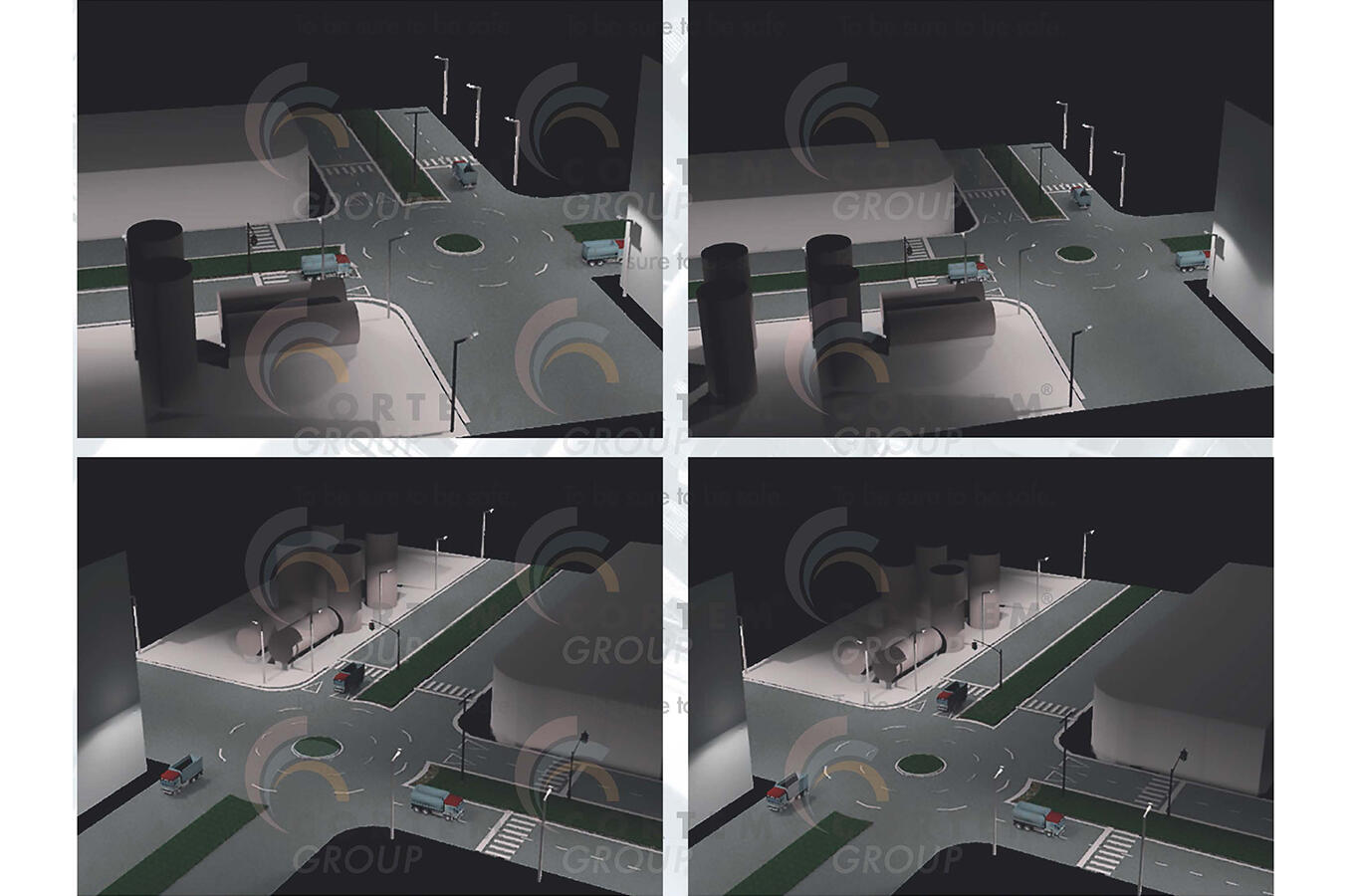Units of measurement and fundamental lighting quantities for designing a lighting system in classified and non-classified areas
What are the fundamental lighting quantities that the designer of a lighting system must deal with?
by Andrea Battauz, R&D Manager of Cortem Group
Premise
What are the fundamental lighting quantities that the designer of a lighting system must deal with?
Depending on the sector, market and regulatory requirements can be more or less stringent. We can also add that the technical development of LED lighting has redefined the standards of lighting equipment, increasingly pushing the performance and quality of the light produced.
Nonetheless, the first question to ask when setting up any lighting study has remained the same: how much light does the lighting fixture produce?
Luminous flux
It is the quantity of light emitted by a light source in the unit of time and it is measured in lumens abbreviated to [lm]. From a dimensional point of view, it is a unit of measurement of power even if its connection with the Watt [W] depends on the frequency of the light taken into consideration. Each frequency of light corresponds to a different color and the human eye perceives the different colors in a different way, more or less accentuated. The maximum sensitivity is with the frequency of 555 mm which corresponds to the color green. On a practical level, the number of lumens emitted by a light source tells us how much light that source produces.
To give some reference parameters, a 100W incandescent lamp produces 1400 lumens, a 23W compact fluorescent lamp produces 1450 lumens.
The latest generation LED light sources produce close to 200 lumens for every watt of incoming electrical power.
Light intensity
It is the quantity of luminous flux emitted in each direction and in the unit of solid angle, measured in steradians, which contains it, it is measured in candelas abbreviated to [cd].
A light source can have different luminous intensity depending on the direction of emission. A minimum level of candelas is usually required in regulations concerning signaling or in lighting in narrow beams, such as in torches or long-distance searchlights.
Illuminance
It is the amount of luminous flux per unit of surface area. It is measured in lux and abbreviated to [lx].
Illuminance is used to evaluate the imprint of light on a surface and is greater the closer the light source is to the measurement plane.
Illuminance is the first parameter used by designers to calculate the number, power and installation height of lighting fixtures needed to illuminate an area.
It is data that can be calculated by computer through ELUMDAT or IES files using software that is granted free of charge to designers.
These programs are able to tackle complex calculations that take into account the reflectivity of surfaces and the overlapping of fluxes resulting from the use of many lighting fixtures installed with different directions.
Input requirement is the minimum illuminance value, which may be required by regulations, engineering specifications or otherwise.
A widely used standard in Italy that provides us with specific illuminance values is UNI EN 12464-2 “Illumination of outdoor workplaces”.
For petrochemical plants, values range from 20 lux for areas where manually adjusted valves are used, engines are started and stopped, and burners are ignited, to 200 lux for areas where electrical machines and devices are repaired.

Fig. 1 Example of a photometric study for street and perimeter lighting with street lighting fixtures model STREETEX-MN-100200 installed on poles and walls.